A team of experts including Achrène Dyrek (Université de Paris), Michiel Min (SRON Space Research Institute Netherlands) and Leen Decin (Katholieke Universiteit Leuven, Belgium) used observations from the James Webb Space Telescope to study in detail the atmospheric composition of the exoplanet named WASP-107b.
On WASP-107b, experts found scorching temperatures, fierce winds and the burning smell of sulfur dioxide (SO2) much higher than expected, while methane was absent.
Previously, sulfur dioxide was detected on gas giant planets with an average temperature of 927 degrees Celsius, but surprisingly it appeared on WASP-107b with a lower temperature of only 427 degrees Celsius.
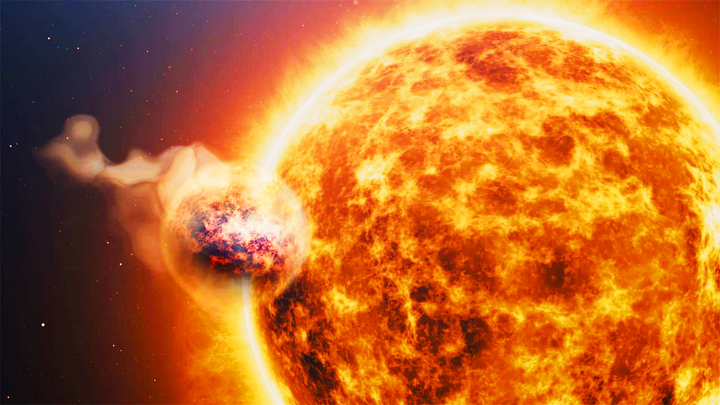
New research reveals an exoplanet with strange sand clouds in its atmosphere. (Image: Klaas Verpoest/Johan van Looveren/LUCA School of Arts/KU Leuven/PA)
The team also found silicate sand clouds residing in the exoplanet’s turbulent atmosphere. From a distance, the sand clouds look like a hazy layer of dust, but inside many sand grains are moving chaotically around the atmosphere at high speeds of several kilometers per second.
WASP-107b is roughly the size of Jupiter, but has just 12% of Jupiter's total mass. It is about 200 light-years from Earth, and it takes just six days for the exoplanet to orbit its host star, which is cooler and less massive than the Sun.
“The James Webb Space Telescope is revolutionizing the discovery of exciting features of exoplanets, providing unprecedented astronomical insights,” said lead author Leen Decin from Katholieke Universiteit Leuven in Belgium.
“The discovery of sand and sulfur dioxide clouds on the exoplanet WASP-107b is a milestone. It reshapes our understanding of exoplanet formation and evolution, and sheds new light on similar objects in the Solar System,” he added.
HUYNH DUNG (Source: Space)
Source




![[Photo] Keep your warehouse safe in all situations](https://vphoto.vietnam.vn/thumb/1200x675/vietnam/resource/IMAGE/2025/10/1/3eb4eceafe68497989865e7faa4e4d0e)


![[Photo] President of the Cuban National Assembly visits President Ho Chi Minh's Mausoleum](https://vphoto.vietnam.vn/thumb/1200x675/vietnam/resource/IMAGE/2025/10/1/39f1142310fc4dae9e3de4fcc9ac2ed0)


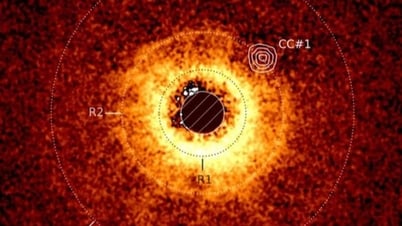

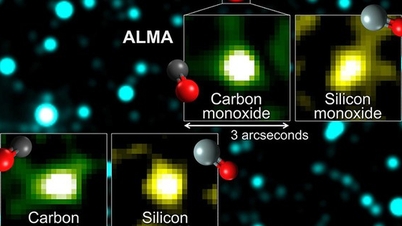

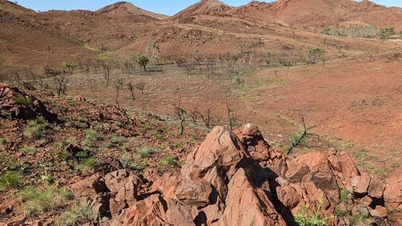














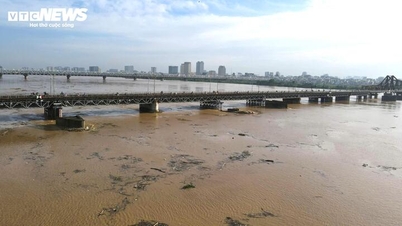
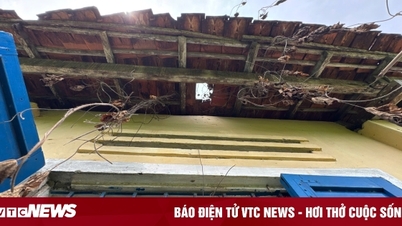



![[Photo] Hanoi morning of October 1: Prolonged flooding, people wade to work](https://vphoto.vietnam.vn/thumb/1200x675/vietnam/resource/IMAGE/2025/10/1/189be28938e3493fa26b2938efa2059e)




























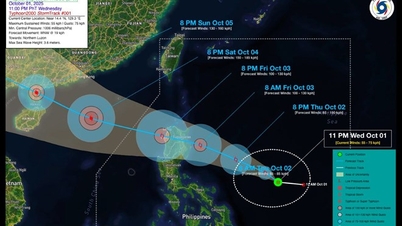
















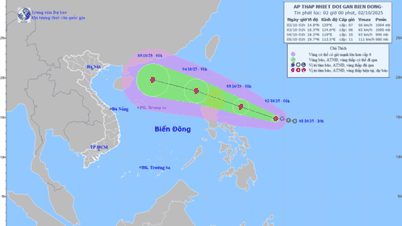














Comment (0)